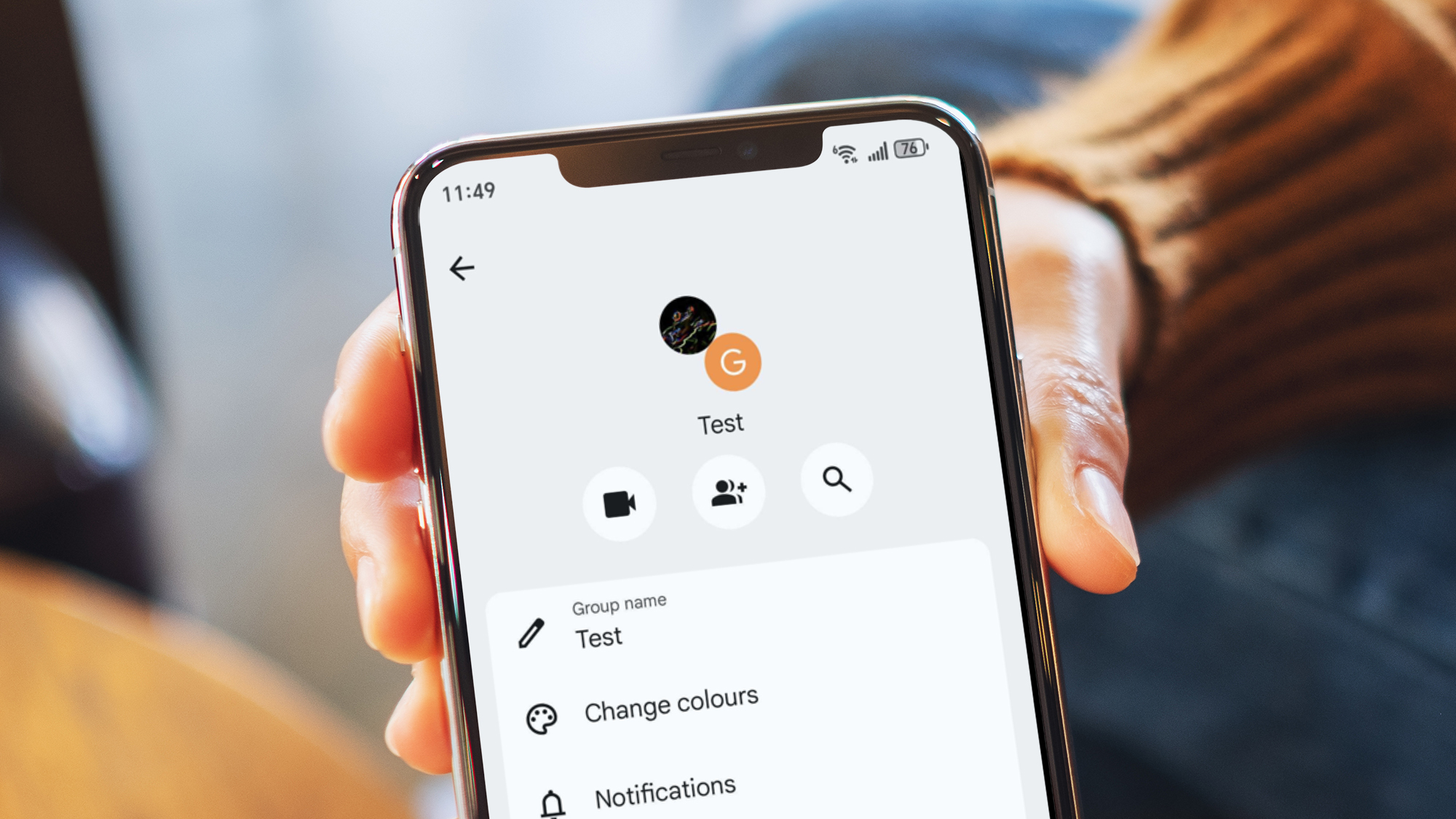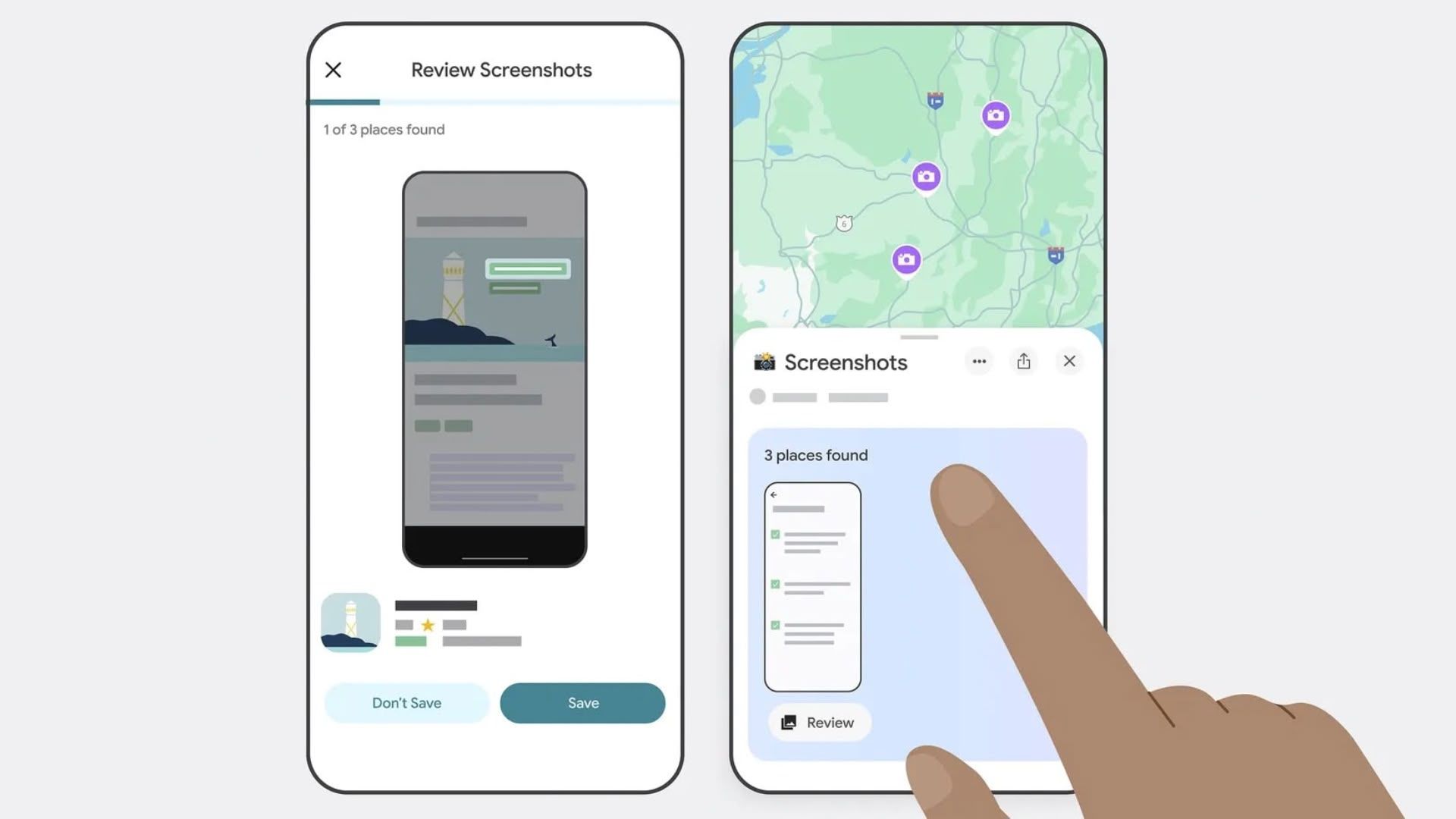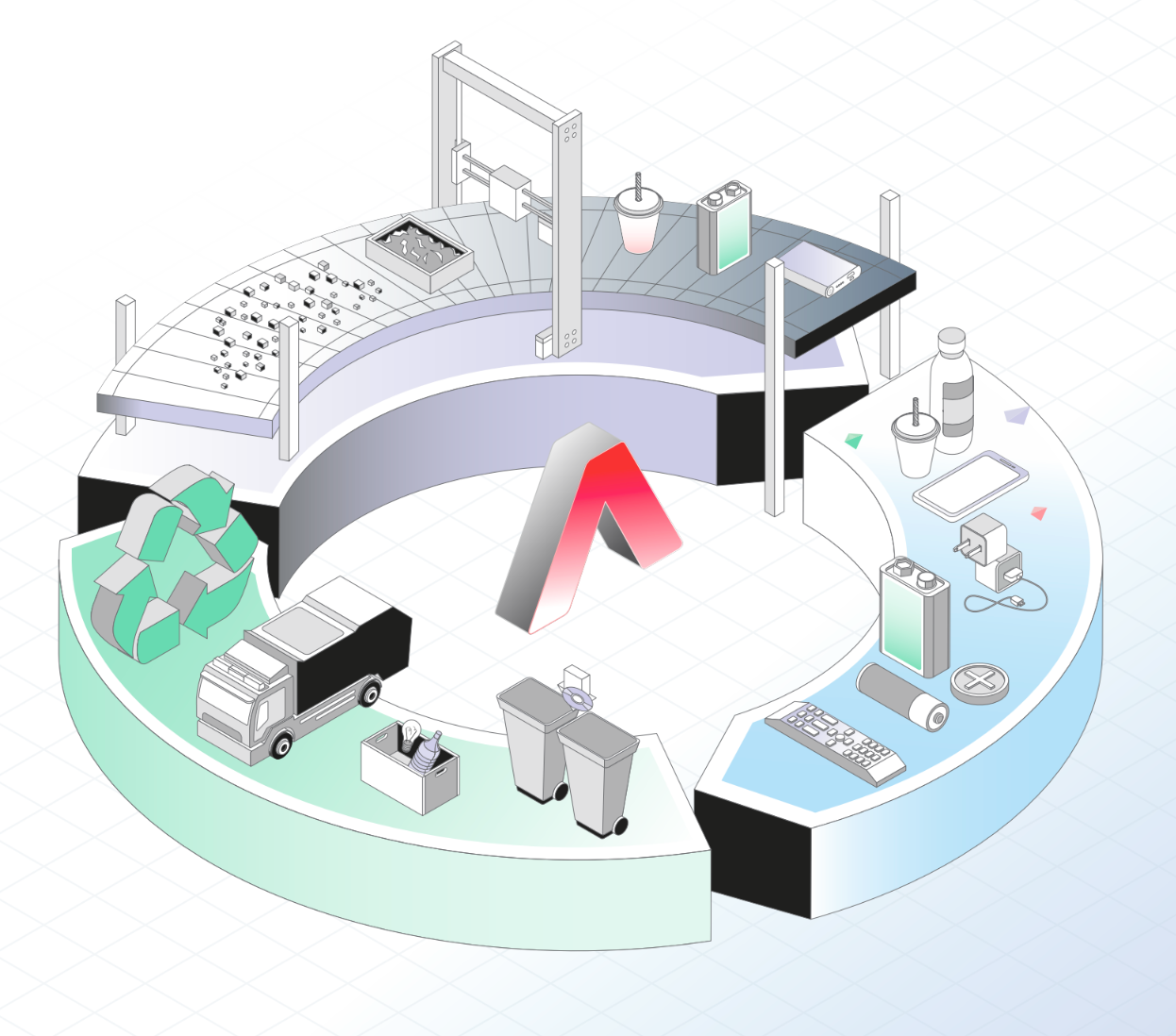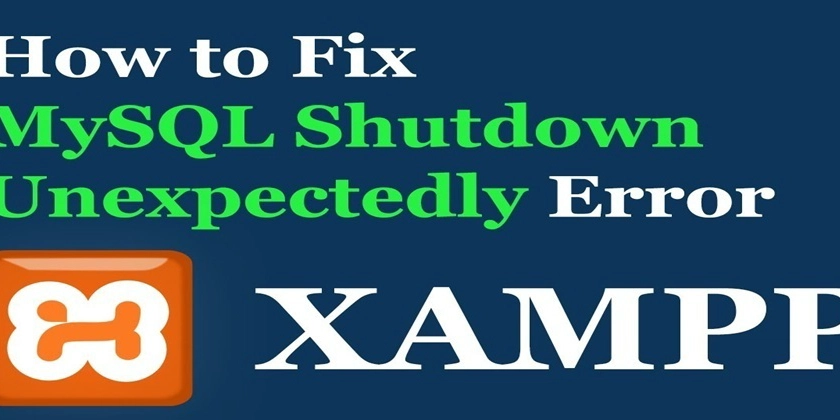From Localhost to Live
Congratulations! You've finally built your first real-world project using React, Flask, or Node.js. It looks amazing, it runs flawlessly on your machine, and you're excited to show it off. But wait—how exactly do you get your masterpiece from localhost onto the internet? If you’re feeling stuck in the localhost bubble, I've got your back. Here’s your friendly guide on: Hosting your React frontend easily with Vercel Deploying your Flask or Node.js backend using Render or Railway Useful tips to keep deployment smooth and hassle-free Practical code snippets to make your life easier Step 1: Get Your Code Ready to Shine First things first—tidy up your project and make sure it's production-ready: Frontend (React): Clean out those console logs (yes, we all forget!) Set up environment variables (REACT_APP_API_URL) Run npm run build and make sure it passes Backend (Flask or Node.js): Include requirements.txt and a Procfile for Flask Have a proper package.json and a start script for Node.js Step 2: Easily Hosting Your Frontend with Vercel Vercel is a lifesaver for beginners—it's free, simple, and quick. Here's the drill: Push your code to GitHub. Go to vercel.com and create your account. Click "New Project" and connect your GitHub repository. Watch magic happen—Vercel will detect React and deploy it seamlessly. Pro Tips: Store your secret environment variables securely in the Vercel dashboard. Use a personalized custom domain—trust me, it feels great. Step 3: Backend Deployment Made Simple Option A: Flask on Render Your setup should look something like this: myapp/ ├── app.py ├── requirements.txt ├── Procfile Quick-start requirements.txt: Flask==2.3.2 gunicorn==20.1.0 Simple Procfile: web: gunicorn app:a Deployment steps: Push your repository to GitHub. Visit render.com and register. Create a new "Web Service," connect your repo. Set the build command (pip install -r requirements.txt). Set your start command (gunicorn app:app). Add those essential environment variables (like PORT, FLASK_ENV). Option B: Node.js on Railway Easy setup package.json: { "name": "my-api", "scripts": { "start": "node index.js" }, "dependencies": { "express": "^4.18.2" } } Steps to deploy smoothly: Push your project to GitHub. Log into railway.app. Click "New Project > Deploy from GitHub repo". Relax while Railway auto-configures your backend. Helpful hints: Solve potential CORS issues quickly (using flask_cors for Flask, cors for Node.js). Railway neatly manages your environment variables—use it! Step 4: Connect Your Frontend and Backend Like a Pro Switch your local URL: fetch("http://localhost:5000/api/data") to something shiny and public: fetch("https://your-backend.onrender.com/api/data") Make your life easier: const API_BASE_URL = process.env.REACT_APP_API_URL; Set this securely in Vercel’s environment settings. Having CORS headaches? Flask users: from flask_cors import CORS CORS(app) Node.js fans: const cors = require('cors'); app.use(cors()); Step 5: Rock Your Custom Domain Make your project look professional: Grab a domain. Link it through Vercel or Render. Configure DNS using Cloudflare for an extra touch of security and speed. Step 6: Troubleshooting—We've All Been There Render says "App crashed"? Check the logs and your PORT variable. Frontend yelling "CORS error"? CORS setup above fixes it. HTTPS worries? Good news—Vercel and Render automatically give you HTTPS. Wrapping Up: Time to Celebrate! Going from localhost to live feels incredible—it’s a huge step and totally worth celebrating. You just took a giant leap from "I made this on my computer" to "Hey world, check this out!" Now, share your masterpiece, enjoy the feedback, and keep building amazing things!
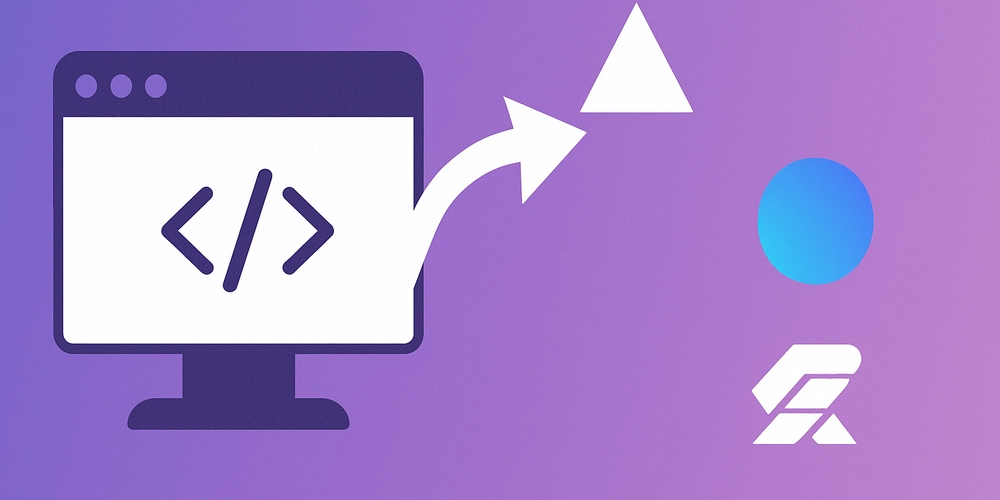
Congratulations! You've finally built your first real-world project using React, Flask, or Node.js. It looks amazing, it runs flawlessly on your machine, and you're excited to show it off. But wait—how exactly do you get your masterpiece from localhost onto the internet?
If you’re feeling stuck in the localhost bubble, I've got your back. Here’s your friendly guide on:
- Hosting your React frontend easily with Vercel
- Deploying your Flask or Node.js backend using Render or Railway
- Useful tips to keep deployment smooth and hassle-free
- Practical code snippets to make your life easier
Step 1: Get Your Code Ready to Shine
First things first—tidy up your project and make sure it's production-ready:
Frontend (React):
- Clean out those console logs (yes, we all forget!)
- Set up environment variables (REACT_APP_API_URL)
- Run npm run build and make sure it passes
Backend (Flask or Node.js):
- Include requirements.txt and a Procfile for Flask
- Have a proper package.json and a start script for Node.js
Step 2: Easily Hosting Your Frontend with Vercel
Vercel is a lifesaver for beginners—it's free, simple, and quick. Here's the drill:
- Push your code to GitHub.
- Go to vercel.com and create your account.
- Click "New Project" and connect your GitHub repository.
- Watch magic happen—Vercel will detect React and deploy it seamlessly.
Pro Tips:
- Store your secret environment variables securely in the Vercel dashboard.
- Use a personalized custom domain—trust me, it feels great.
Step 3: Backend Deployment Made Simple
Option A: Flask on Render
Your setup should look something like this:
myapp/
├── app.py
├── requirements.txt
├── Procfile
Quick-start requirements.txt:
Flask==2.3.2
gunicorn==20.1.0
Simple Procfile:
web: gunicorn app:a
Deployment steps:
- Push your repository to GitHub.
- Visit render.com and register.
- Create a new "Web Service," connect your repo.
- Set the build command (pip install -r requirements.txt).
- Set your start command (gunicorn app:app).
- Add those essential environment variables (like PORT, FLASK_ENV).
Option B: Node.js on Railway
Easy setup package.json:
{
"name": "my-api",
"scripts": {
"start": "node index.js"
},
"dependencies": {
"express": "^4.18.2"
}
}
Steps to deploy smoothly:
- Push your project to GitHub.
- Log into railway.app.
- Click "New Project > Deploy from GitHub repo".
- Relax while Railway auto-configures your backend.
Helpful hints:
- Solve potential CORS issues quickly (using flask_cors for Flask, cors for Node.js).
- Railway neatly manages your environment variables—use it!
Step 4: Connect Your Frontend and Backend Like a Pro
Switch your local URL:
fetch("http://localhost:5000/api/data")
to something shiny and public:
fetch("https://your-backend.onrender.com/api/data")
Make your life easier:
const API_BASE_URL = process.env.REACT_APP_API_URL;
Set this securely in Vercel’s environment settings.
Having CORS headaches?
- Flask users:
from flask_cors import CORS
CORS(app)
- Node.js fans:
const cors = require('cors');
app.use(cors());
Step 5: Rock Your Custom Domain
Make your project look professional:
- Grab a domain.
- Link it through Vercel or Render.
- Configure DNS using Cloudflare for an extra touch of security and speed.
Step 6: Troubleshooting—We've All Been There
- Render says "App crashed"? Check the logs and your PORT variable.
- Frontend yelling "CORS error"? CORS setup above fixes it.
- HTTPS worries? Good news—Vercel and Render automatically give you HTTPS.
Wrapping Up: Time to Celebrate!
Going from localhost to live feels incredible—it’s a huge step and totally worth celebrating. You just took a giant leap from "I made this on my computer" to "Hey world, check this out!"
Now, share your masterpiece, enjoy the feedback, and keep building amazing things!









































































































































































![[The AI Show Episode 146]: Rise of “AI-First” Companies, AI Job Disruption, GPT-4o Update Gets Rolled Back, How Big Consulting Firms Use AI, and Meta AI App](https://www.marketingaiinstitute.com/hubfs/ep%20146%20cover.png)










































































































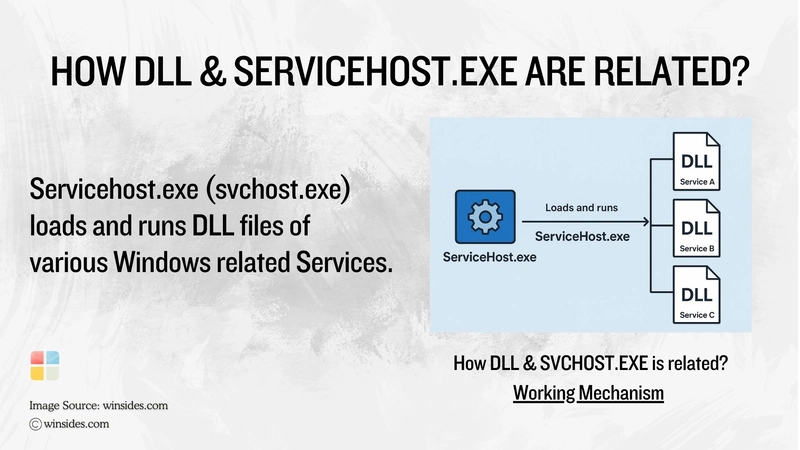














![[DEALS] The Premium Python Programming PCEP Certification Prep Bundle (67% off) & Other Deals Up To 98% Off – Offers End Soon!](https://www.javacodegeeks.com/wp-content/uploads/2012/12/jcg-logo.jpg)







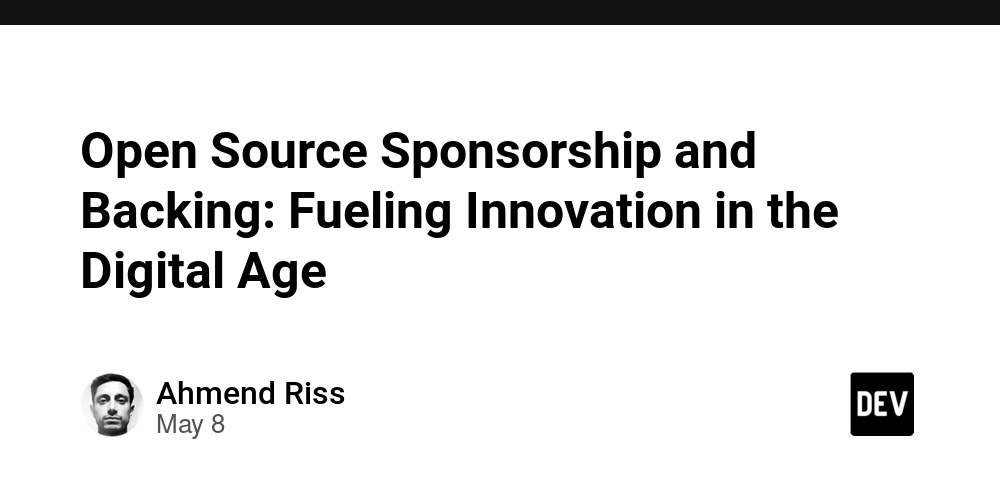









































































































































































































































![Honor 400 series officially launching on May 22 as design is revealed [Video]](https://i0.wp.com/9to5google.com/wp-content/uploads/sites/4/2025/05/honor-400-series-announcement-1.png?resize=1200%2C628&quality=82&strip=all&ssl=1)













![Beats Studio Pro Wireless Headphones Now Just $169.95 - Save 51%! [Deal]](https://www.iclarified.com/images/news/97258/97258/97258-640.jpg)

















